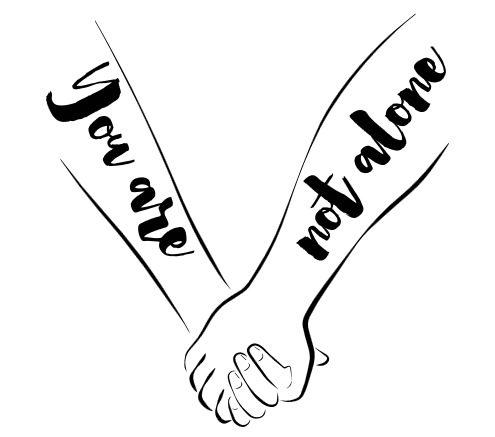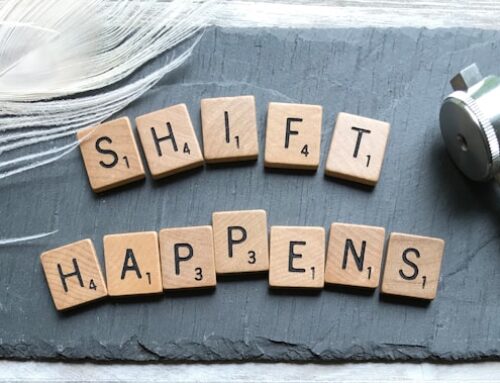What can I do about suicide? How can I help?
What you need to know.
Sadly, in the past week, there were two highly publicized deaths due to suicide. Like many, they made the world a bit brighter and more fun: Kate Spade, a legendary designer famous for her purses and accessories, and Anthony Bourdain, chef, storyteller, and host of CNN show No Reservations. These high-profile cases bring the importance of suicide awareness to the forefront.
Unfortunately, most suicides go unnoticed and are not reported on the news. Think about watching your local or national news and the barrage of murders and homicides. Double that to get an idea of how many people take their lives each year; there are twice (2x) as many suicides. According to the National Institute for Mental Health, over 45,000 people take their lives each year and it is only increasing. In fact, the Centers for Disease Control (CDC) reported that suicides in the U.S. have increased by 25% since 1999.
These statistics are staggering and leave many wondering, what can I do about suicide? How can I help? As heavily covered in the media it is important to recognize and respond to the warning signs of suicide. However, I have seen that some may not exhibit the classic signs of suicide. For example, according to the CDC, many of those who commit suicide do not have any history of mental health diagnoses. They have found ways to mask their real feelings of despair and hopelessness, fooling even their closest loved ones and leaving people wondering what happened. How did I not know?
Unfortunately, some suicides are a complete shock to friends and loved ones. I have seen this time and time again, in cases where there were no “real” warning signs or signs were overlooked.
Recent celebrity deaths have many asking how could they do this? It may be hard to see this from the outside looking in, but people who look like they “have it all” have their own crosses to bear, too. The media is calling for more understanding of “mental illness”. At times, contributing factors may include unresolved that continue to haunt them. What has happened in the past or what is haunting a person, does not make them “ill” but “injured”. Dr. Phil Zimbardo (2014) offers the term “mental injuries” versus “mental illness” because these past unresolved experiences may cause symptoms such as depression, PTSD, and drug and alcohol addiction. They may continue to haunt a person until they are addressed or resolved. For instance, close friends of Bourdain stated he was in a “dark” mood the days leading up to his suicide. It had been noted that he had struggled fighting his own “demons” and had a history of drug addiction.
have many asking how could they do this? It may be hard to see this from the outside looking in, but people who look like they “have it all” have their own crosses to bear, too. The media is calling for more understanding of “mental illness”. At times, contributing factors may include unresolved that continue to haunt them. What has happened in the past or what is haunting a person, does not make them “ill” but “injured”. Dr. Phil Zimbardo (2014) offers the term “mental injuries” versus “mental illness” because these past unresolved experiences may cause symptoms such as depression, PTSD, and drug and alcohol addiction. They may continue to haunt a person until they are addressed or resolved. For instance, close friends of Bourdain stated he was in a “dark” mood the days leading up to his suicide. It had been noted that he had struggled fighting his own “demons” and had a history of drug addiction.
Who is at risk?
People who are at risk for suicide include those who are chronically depressed, those with PTSD, anxiety, drug and alcohol dependence, and other mood disorders. For example, if you are suffering from major depression, you can feel completely helpless, and hopeless, and see no light at the end of the tunnel. While many may not understand what major depression feels like, the feelings of despair, helplessness, and hopelessness are real and at times can feel so overwhelming that in these windows of despair, taking one’s life can feel like the only way out of the pain and suffering. Other mood disorders can leave you feeling happy and from high to low in days or weeks. Ending life can feel like the only option even though a trail of survivors including children, spouses, and other loved ones are left behind.
We all must know the warning signs of suicide. It is also important to follow your instinct and your feelings with your loved ones.
Things you can do:
- Notice behavioral changes: This can include daily behavioral changes (isolating behavior, avoiding, and staying to oneself, not returning texts or calls). Also, not showing up to events or things they normally enjoy, activities, and interactions on social media.
- Notice mood changes: Increases in sadness, lethargy, irritability, and agitation.
- Do they seem off? What does your instinct or intuition say regarding your loved one? Do you get a strange nudge to call or connect? Do they not seem like themselves? Often, people feel alone in their feelings and truly do not see hope in feeling better, and talking with them in a time of need may help. Many people have trouble asking for help because they feel they should be “strong enough, or they don’t want to burden others.
- Ask and connect. Many times people feel isolated and alone. Staying in touch and following your instinct regarding a loved one is key. Reach out and check in, listen more than talk, and discuss your concerns. Tell them you care. Your love and support can help.
- Take any conversations about death, seriously. Take any mention of death seriously and connect with a professional. A mental health practitioner is trained to assess the severity of suicide risk.
- Call the suicide hotline open 24 hours a day, (800) 273-TALK. Help get them to the emergency room for an evaluation. You can text too, Crisis Text Line: Text START to 741741 from anywhere in the USA, at any time, about any type of crisis.
- Contact a mental health professional, counseling can help. Also, depending on your State, you may be able to call for a “mental wellness visit” by the State if your loved one refuses to respond to outreach.
Suicide rates are increasing at an alarming rate. While many say suicide is still “rare” and can outline numbers to support this, we must realize that one (1) suicide affects an entire tribe of people. Suicide leaves the living with wounds. A daughter that grows up without a father and struggles with depression and addiction because of his death. A best friend finds his friend dead and this memory haunts him and he is left wondering all of his life what he should have done. A husband and family were left behind with financial struggles and depression issues of their own as a result of the suicide. Siblings, nieces, nephews, and cousins wondered what they could have done to help. Some suicides may be planned out, some may have a plan or intent. For others, it may be an impulsive act during a fleeting period of utter despair. Your actions of reaching out and connecting may make more difference than you will know. Your conversation may just be what is needed at the right time so they know they are not alone. Reach out, don’t wait.
Copyright 2018: Dr. Tracy Hutchinson
Resources:
The National Suicide Prevention Hotline: 1-800-273-8255/1-800-273-TALK
Nami National Information Helpline: 1-800-950-NAMI
Columbia Lighthouse Project– Columbia Protocol for Suicide Prevention. Assessments and questions that can be used to navigate a conversation regarding suicide.
National Institute of Mental Health: https://www.nimh.nih.gov/index.shtml




